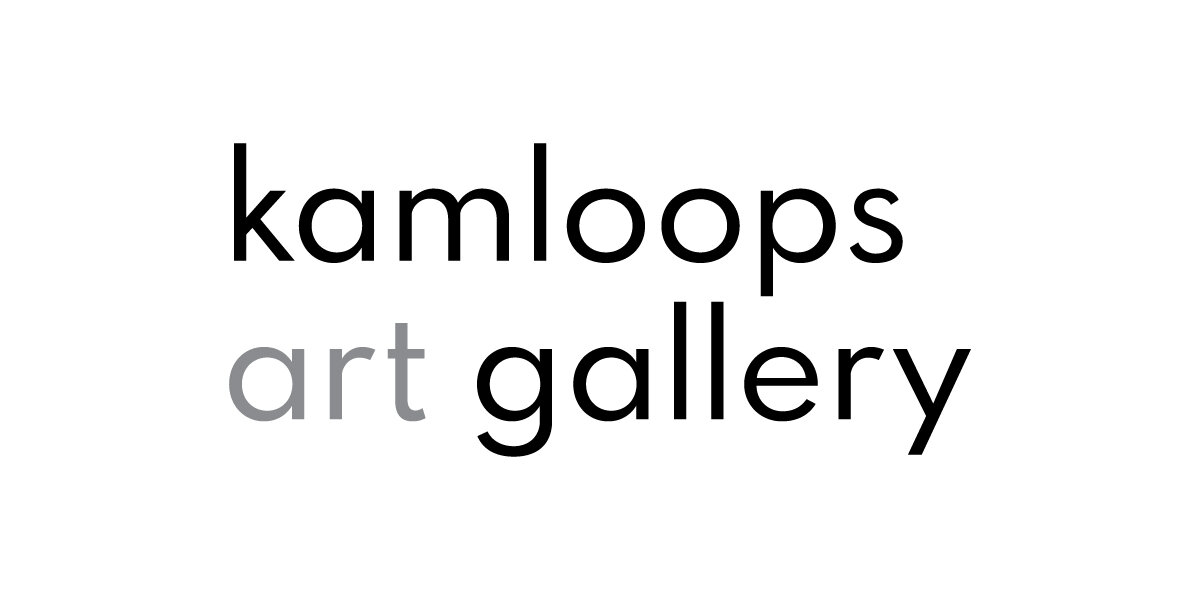Mobile Histories
Lesson Plan Activity:
Mobile Histories: Grade 4-6
Final Product Description:
A three-tiered mobile. Attached floating items includes a variety of images, text and symbols that illustrate the student’s selected stories. These will likely take different shapes. I would suggest using the coat hangar as an easy base. Students will experiment with ideas about how to connect materials to the base (using string and wire, etc.).
Description:
Students will develop a layered and multi-tiered history/ story of the Thompson River(s). Using, as inspiration, one experience or story from their own lives, a story collected from a relative, friend or community member and a story researched from an historical or secondary resource, each student will construct a mobile. Students will also create an accompanying written element, textually weaving these varied elements together.
Theory:
Students will (taken from BC Curriculum PLOs):
-consider alternate points of view and experiences/compare viewpoints
-draft plans and ideas
-create images that express personal identity, that respond or reflect aspects of art from a variety of historical and cultural contexts
-identify and discuss differing points of view on a selected historical event or issue
-create presentation on selected historical events or topics
-gather a body of information from a variety of primary and secondary sources
-retell a story from an interview
-retell a story from many years ago
-use writing and representing to express personal responses and relevant opinions about experiences and texts
-personal response through a variety of media
Creation:
Research process: Students will first collect their stories/histories from 3 sources (personal, family/community member and archival…or others).
Students will take a mixed-media approach, utilizing the principals of design to solve artistic problems and to visually convey a variety of historical information. They will construct a mobile integrating content from multiple sources. They will then write an accompanying written element, connecting these stories together from their own perspective.
Analysis:
Students will investigate and discuss/ problem solve a visual means of storytelling. They will discuss how these stories are connected to them personally in a variety of ways. Through the process students should be able to access an idea of the layered and subjective nature of history.
Cross Curriculum Links: “Visual arts,” “Social Studies,” “English Language Arts,” “Drama,” “Science”
Duration:
1 session of 1 hour (Research)
3 sessions of 4o minutes (Creation)
Look & Discuss:
-Give students an opportunity to explore the resource material available in the suitcases and online.
-Distribute or assign one story to each group. Ask students to read the article, story or photograph as a group or individually.
Discussion Questions:
-What do you know about your community in the past?
-how do visual artists integrate, appropriate historical information into their artwork
-how do artists integrate stories and narrative of others into their artwork?
-why do you think they would do this?
-why is the past important to our identities?
-why is it valuable or important to reflect on past experiences
-What are the challenges of incorporating narratives from varied sources
-describe your research process and experience.
Ask students to reflect upon the process of translating their research into visual art. How is communicating in this way different.
Materials:
-cardstock, stiff paper
-magazine images
-photocopies of newspapers, archival photos, texts
-glue sticks
-variety of papers
-various mixed-media, recycled materials
-hole punches
- string and/or wire
-coat hangars
-scissors
Preparation Tasks:
-gather recycled materials as a class
-ask students to each bring a wire coat hangar or collect hangars for students
- find location to display hanging mobiles
-ensure students have access to secondary resources/primary resources. Either online or prepare copies in advance.
Create
Take it Further:
Ask students to create a map physically locating these stories and events on or around the Thompson rivers.
